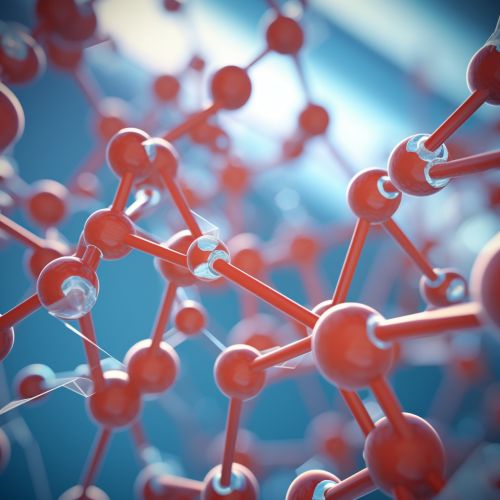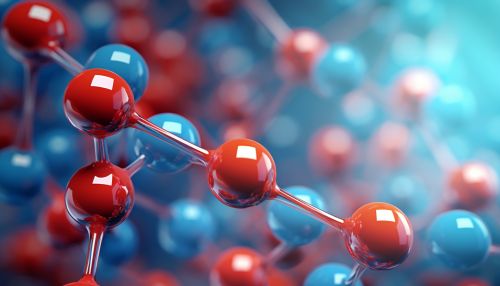Growth hormone
Introduction
Growth hormone (GH), also known as somatotropin, is a peptide hormone that stimulates growth, cell reproduction, and cell regeneration in humans and other animals. It is thus important in human development. GH also stimulates the production of IGF-1, a hormone homologous to pro-insulin.


Structure and Synthesis
Growth hormone is a 191-amino acid, single-chain polypeptide that is synthesized, stored and secreted by the somatotropic cells within the lateral wings of the anterior pituitary gland. The gene, GH1, responsible for the synthesis of growth hormone is located on chromosome 17. The structure of growth hormone includes four helices necessary for functional interaction with the GH receptor.
Function
The primary role of growth hormone in stimulating body growth is to stimulate the liver and other tissues to secrete IGF-1. It stimulates both the differentiation and proliferation of myoblasts and stimulates amino acid uptake and protein synthesis in muscle and other tissues.
Mechanism of Action
Growth hormone acts by binding to the growth hormone receptor, dimerizing it and activating the JAK2 kinase that, in turn, triggers an intracellular signaling cascade. This results in activation of the STAT transcription factor and the induction of growth hormone-responsive genes.
Regulation
Growth hormone secretion is regulated by the neuroendocrine axis, involving the hypothalamic, pituitary, and peripheral roles in the process. GH secretion is stimulated by growth hormone-releasing hormone (GHRH) and is inhibited by somatostatin.
Clinical Significance
Abnormalities in growth hormone production can lead to diseases such as acromegaly (overproduction of GH leading to enlarged features) and pituitary dwarfism (underproduction of GH leading to stunted growth). Growth hormone therapy is a common treatment for these conditions.
